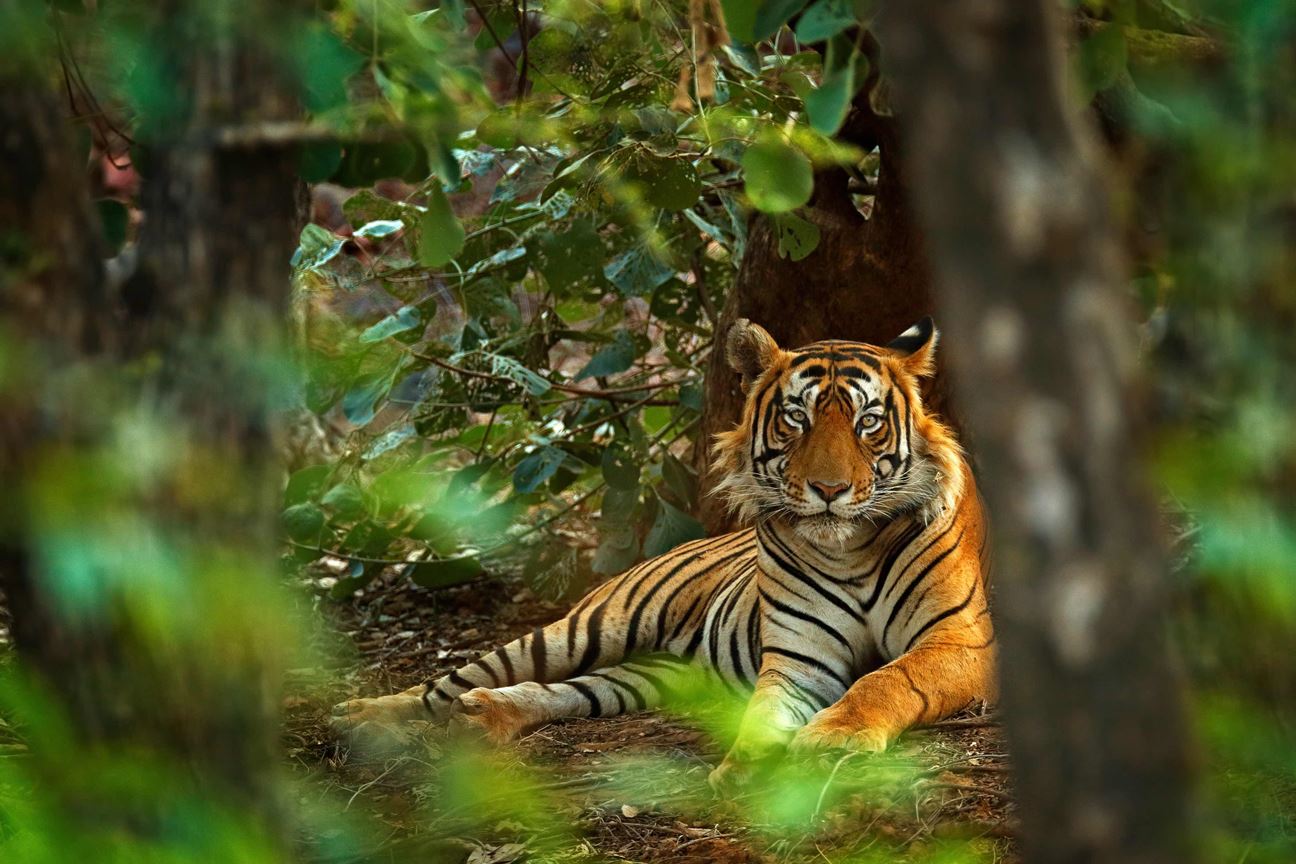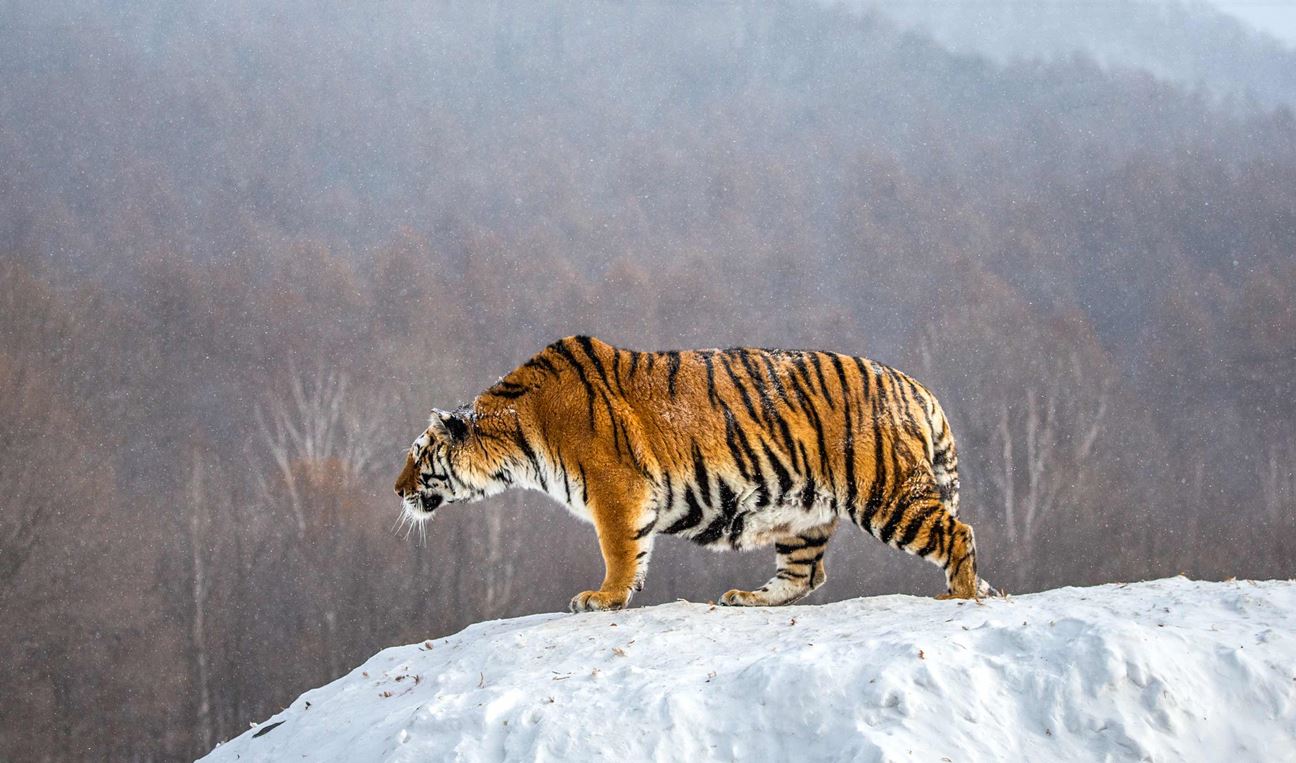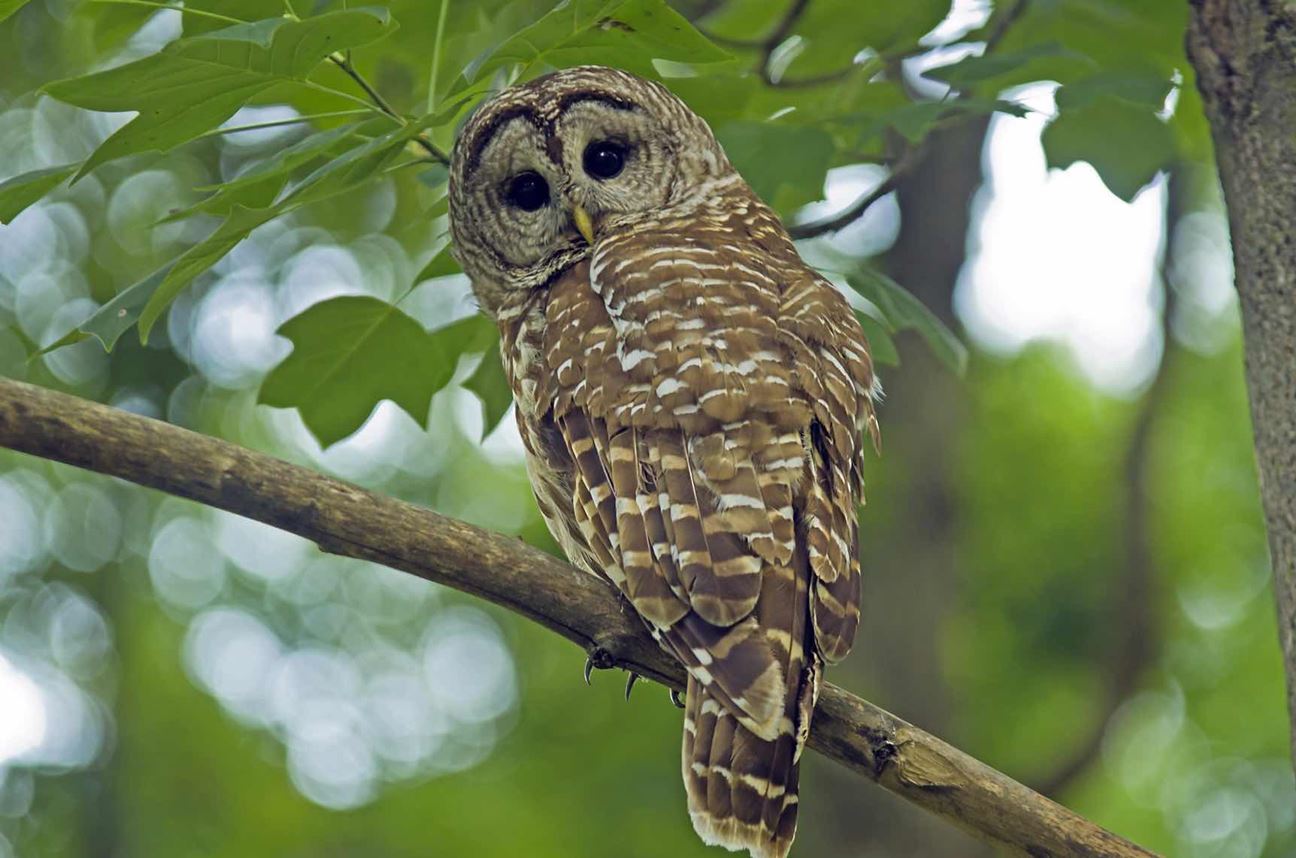A short, informative description of umbrella species, using the example of the Tiger in India.
Umbrella species
(noun)
A species whose conservation indirectly protects
other species that are a part of its ecological habitat.
An umbrella species is an important term in conservation. It is not to be confused with flagship species or priority species. A flagship species is an animal that represents an environmental cause, campaign or habitat — it is a symbol or icon, like the Orangutans that represents the industrial agriculture-related deforestation in South-east Asia. A priority species is a flagship or keystone species that is used to define a region or reflects a threat to a particular region. Umbrella species are usually keystone species who have a large species range and need a large habitat, and thus, their conservation covers the protection of a wide range of habitats and indirectly helps the ecology of the habitat.
In India, the Bengal tiger is the most prominent umbrella species. Coincidentally, it is also a flagship and keystone species as well. Why? Usually, apex predators like the tiger are very important to the ecosystem. Being carnivorous, they regulate the herbivore population well. Should they be removed from the ecosystem, and overpopulation of herbivores can, over time, deplete forest resources and slowly kill the forest, like the situation in with red deer in the United Kingdom. However, tiger conservation in India has had a far, far greater impact than just regulating ungulate populations.

The seriousness with which tiger conservation was approached in India ensured that various other co-occurring species were also conserved, just to support the tiger habitat well. This habitat included important geographical features that are also under threat, like riverine valleys, for example. In Southern India, protection of the Kaveri river and its connected rivulets resulted from the whole area being under protection as it covered the tigers’ natural range. Rivers are an important ecological service and necessity for various species that are at risk if the river is threatened. Otters, marsh crocodiles, the mahseer fish, and many other originally-at-risk species can now thrive in the protected area, indirectly because of tiger conservation.
Protecting tiger habitats is also protecting other large mammals that have similar habitat requirements like elephants, monkeys, leopards, wild boards and more. Most of the connections across the food web of the habitat are in some way benefitted by tiger conservation. This is the reason tigers have been labelled some of the sturdiest umbrella species in the world. Their biology ensures that they cover a large range, thus protecting a very large area, making them ideal. Why is it important to know, identify, and conserve an umbrella species? There are so many species under different kinds of threat in a given affected ecosystem. Solely focusing on conserving every single one of them as a separate matter is not an efficient allocation of resources.
Conservation, in itself, is an area that lacks funding for individual projects. Focusing on the conservation of an umbrella species will pull up the ecosystem as a whole, putting various threatened organisms under a conservation blanket because of the umbrella effect. For example, tiger populations are directly seen as an indicator of ecosystem health. Ecologists use tiger populations to estimate how well a region is doing with regards to its biodiversity and ecological balance by estimating tiger populations. A large or growing tiger population in a given habitat is an indicator of a healthy ecosystem.

Understanding the delicate balance within an ecosystem is key in identifying potential umbrella species. However, conclusive evidence can only be assessed after their conservation. As a general rule, umbrella species must cover a large species range and are usually migratory, covering thousands of kilometres. Incidentally, Siberian Tigers are also an important umbrella species whose habitat ranges from (potentially) North Korea all the way across the Russian Far East and China.
However, umbrella species can be of various types and don’t necessarily need to be apex predators or charismatic megafauna. Another successful umbrella species is the spotted owl, whose conservation protected old-trees, and thus many mollusc species that were endemic to only those trees. An even more surprising umbrella species is the Bay Checkerspot Butterfly, whose conservation ensured the protection of the grasslands around the San Francisco Bay.
In India, the reintroduction of Asiatic cheetahs is potentially the next big umbrella species to protect the ecologically rich grassland ecosystem. It is already a flagship species for reintroduction in the country, and many have likened the effects to be similar to the umbrella effect of the tiger.

In the face of the 6th mass extinction that we are currently facing, along with other global issues like climate change, conservation needs to be optimised as much as possible. Studies on the effectiveness of the umbrella effect are continuously being conducted and cases are being made for the funding of various umbrella species conservation projects all around the world. Focused and targeted conservation in the right areas is hopefully paving our way to a more biodiverse future.